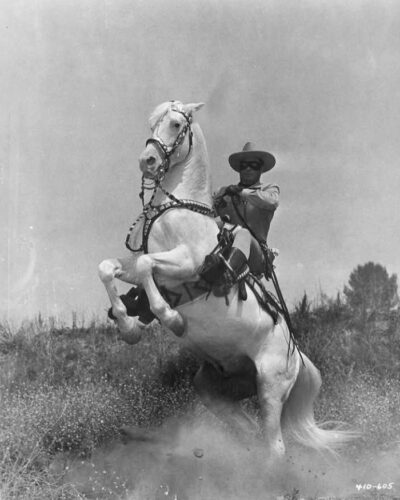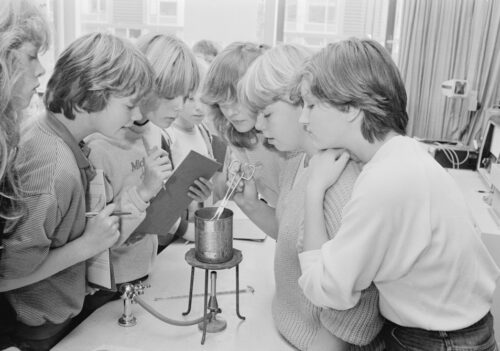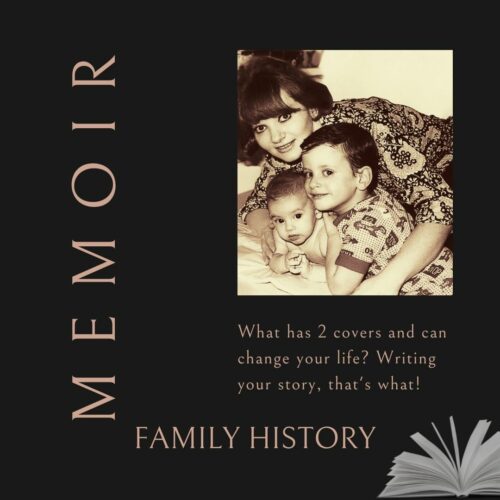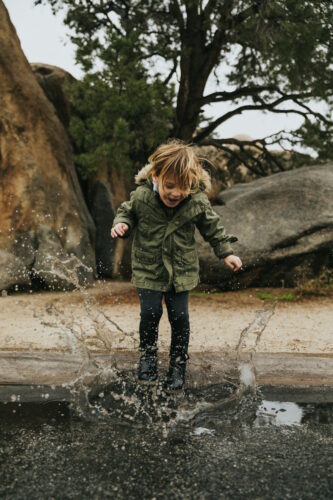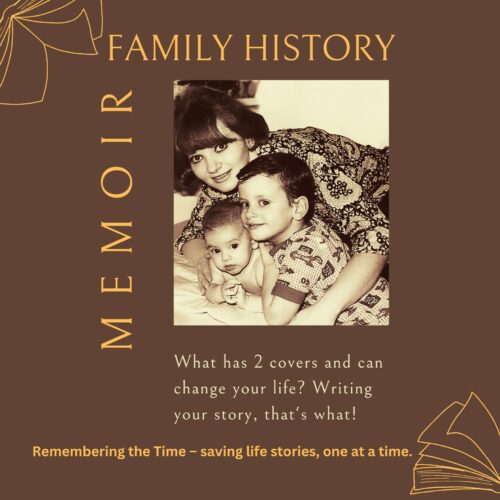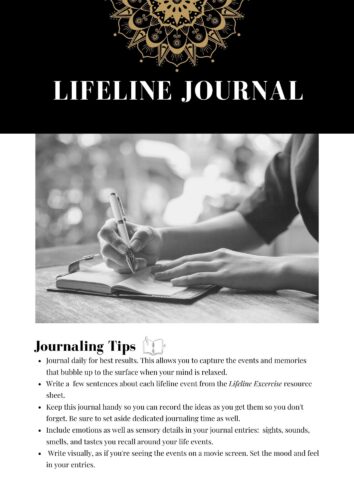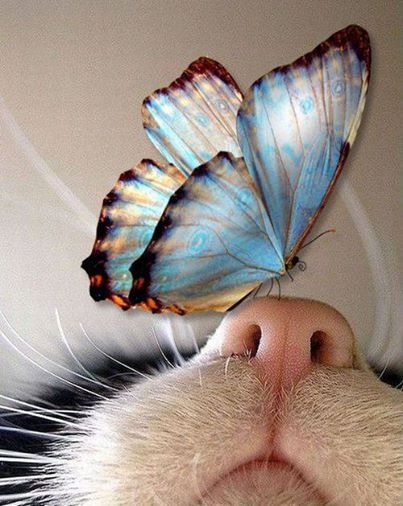
I am a born optimist, looking for the good comes naturally. But it’s not all butterflies and kittens out there. Whether it’s a physical injury or an emotional one, the saddest, most painful times in our lives can be part of the extraordinary process of shaping our unique humanness. Heat, pressure, pain, grief, loneliness, and confusion all play starring roles in our lives in at least one scene.
Pay attention to the “negative” events when you’re working on your life story, whether you’re well on your way to processing them or they still don’t make sense. Our scars and damaged bits are part of the whole package. And they often make us stronger. A painful truth! For example, when a bone is broken, it knits together stronger.
One summer afternoon years ago, I was turning my horse out to pasture under the shady pecan trees in our orchard. The mare was young and high-strung, and the granddaughter of a racehorse. In her joy to run free, she kicked sideways like a karate boss and caught my forearm before I could move. The pain as the bone broke was stunning! I’m eternally thankful that my arm was across my chest at the time. That piston kick with a thousand pounds behind it did not hit my heart. Or my head.
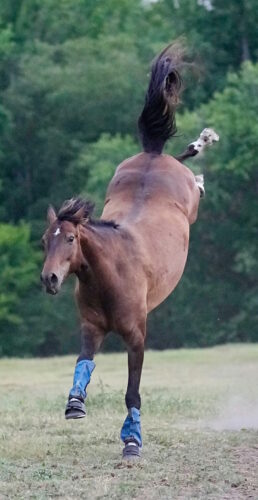
That bone is stronger now, but also hurts when used too hard or when the weather starts to change. Hey Grandpa, I can sympathize with you now! The aftereffects of our injuries often stay with us.
Walking away from that accident is a reminder to me of God’s grace.
Well, sort of, first I crawled. But—I never let go of the lead rope! My takeaway lesson is that sometimes I need to slow down a little, pay attention, and be on my toes around 1000-pound animals. Or other heavyweight problems.
Memoir Prompt:
Sit next to the injury, the sadness, or the anger. Don’t run away from it. Write about it with honesty. You’ll take a giant step toward healing and allowing the emotions and events to take their proper place in your history.
Tips:
*Try writing the story as just facts.
*Rewrite the story with all the emotions.
*Write what “should” have happened, what you’d do differently.
Then—move forward, lighter and wiser. Ready to share your story? Let’s talk about your butterflies, kittens, and kickin’ horses.
(Kicking horse photo courtesy carlos-fernando-bendfeldt via Unsplash)
